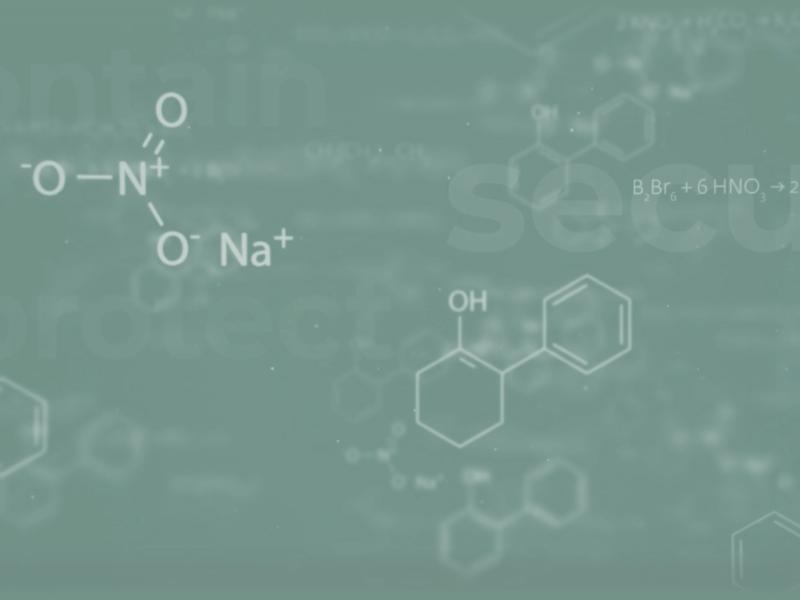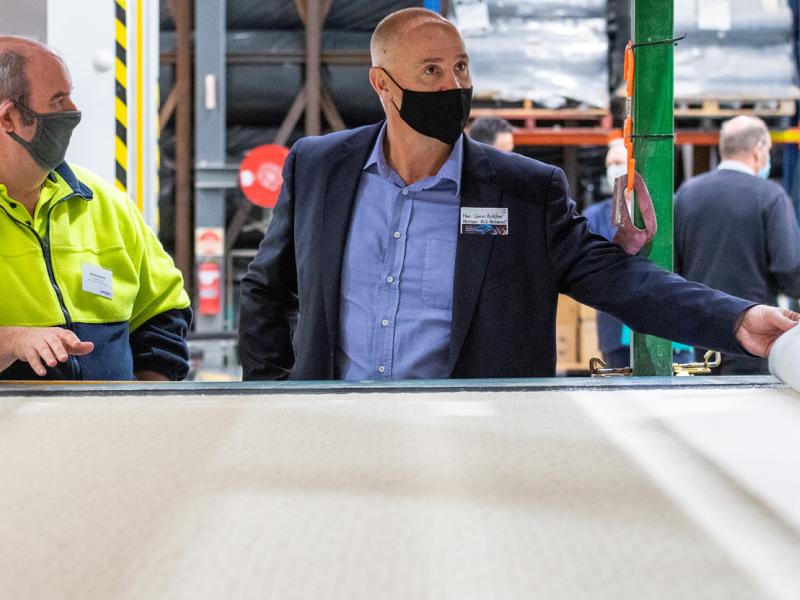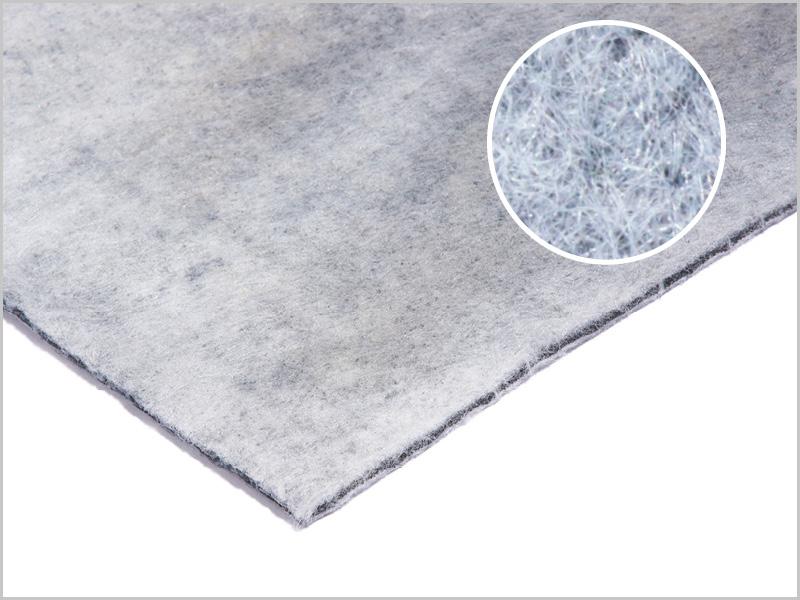
GEOFABRICS FEATURES IN THE AUSTRALIAN FINANCIAL REVIEW
Per-and poly-fluoroalkyl substances – known as PFAS chemicals – pose a health risk to humans and the environment.
In the past, they were widely used in fire-fighting foams, non-stick pans and textiles. While many of the chemicals' applications have been phased out more than a decade ago, they are still in limited use to fight petrol and oil fires. When used they don't readily degrade or decompose and can travel long distances when carried in ground or surface water.
It was a situation that concerned Daniel Gibbs, general manager, technical research and innovation at Geofabrics which manufactures geosynthetic products used in civil infrastructure work for filtration purposes.
"Daniel didn't like what was happening with PFAS in the environment and getting into the food chain – he was passionate about this," said Murray Sutton, Geofabrics' tax and compliance accountant.
When Gibbs said he wanted to work on a product to tackle the issue it made sense. "This is a company with a continuous innovation focus." says Sutton.
Gibbs says the fundamental driver of innovation should be: ''You need to help people – if you are helping someone they will come back. People will buy from those they trust. The reason I do what I do is more from an environmental view, and it has been great to guide people in the correct use of our products."
Gibbs' research led to the creation of SORBSEAL, a hybrid geosynthetic clay liner released in 2021and designed to act as a hydraulic barrier to contaminants such as PFAS. The company describes it as laying at the base of and over contaminated landfill sites like a blanket to stop leaks. Geofabrics manufactures many of its materials in NSW, but also at its R&D lab established in Queensland in 2009.
Gibbs explains the genesis of the lab: "We didn't know enough about our materials – that was the impetus for the concept of the R&D lab – to look at our manufactured products. We've got a duty of care and have to do due diligence to say where they can and cannot be used – so people buying our products can make an educated guess about whether they are the right products."
The company invests about 2 per cent of its revenue per year in R&D, with 50 percent focused on its own internal needs, and the rest allocated to support client inquiries. Geofabrics recently expanded its team to conduct geotechnical analysis about how its products perform in different environments, for example in soils that are alkaline or acid, or when they come into contact with liquids of different temperatures.
Geofabrics is also about to launch its Geotechnics University Online – sharing what the organisation has learned from R&D in the last 12 years – providing a way for engineers to extend their understanding and clock up some important professional development hours at the same time.






